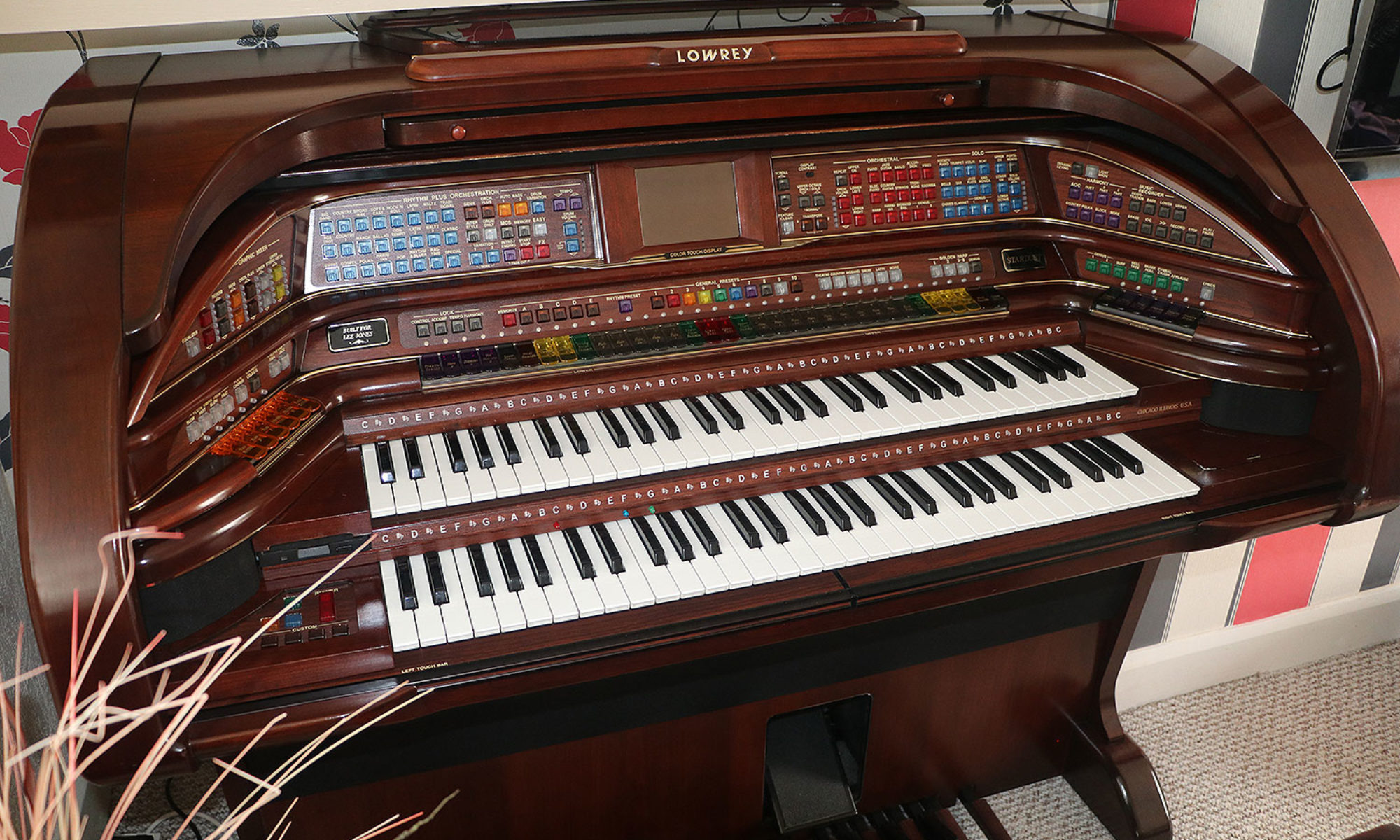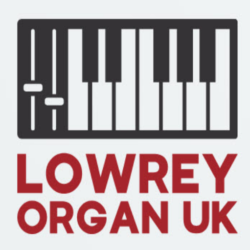NOTE: You may find that you are not familiar with some of the terminology and abbreviations I use on all the pages of this website. I have now incorporated within the text further pop out details, simply by hovering your mouse cursor over any word with a row of dots underneath For example: . . …
Continue reading “What is MIDI ? – PART 1”

